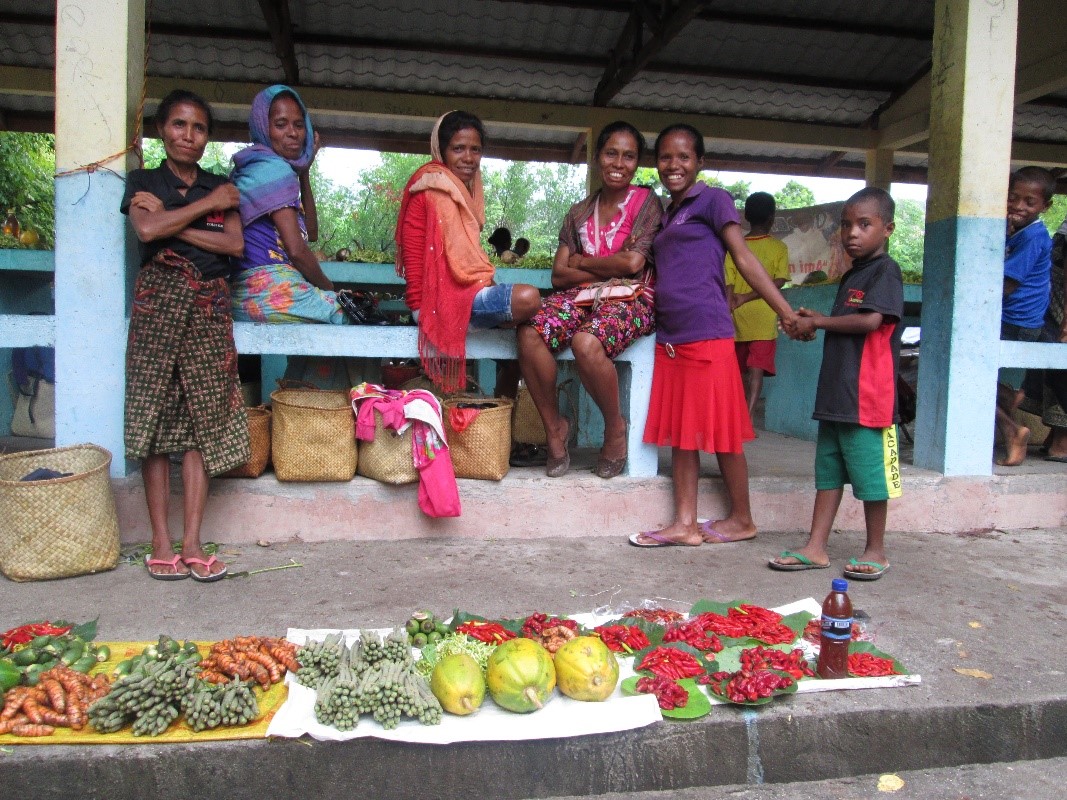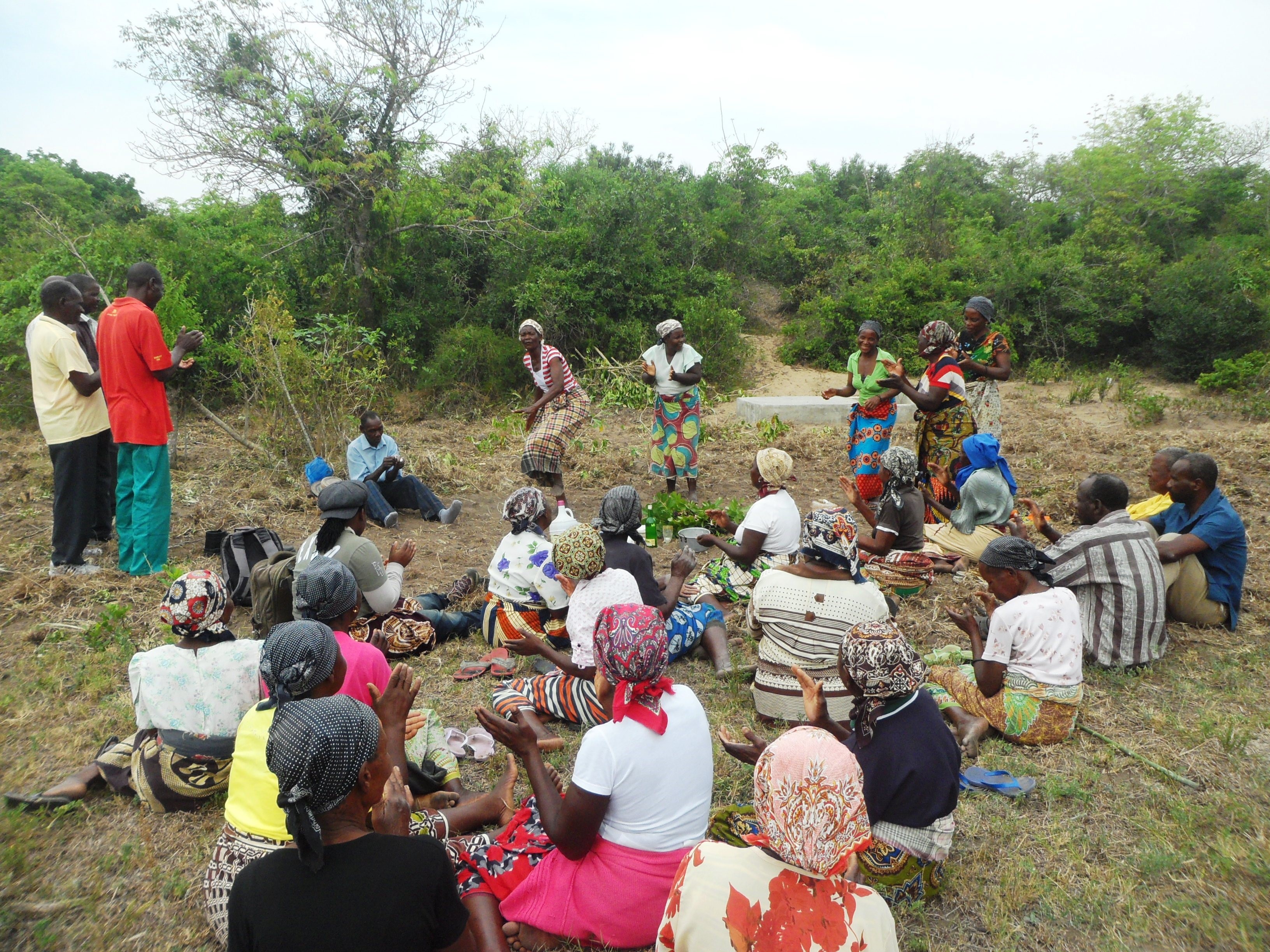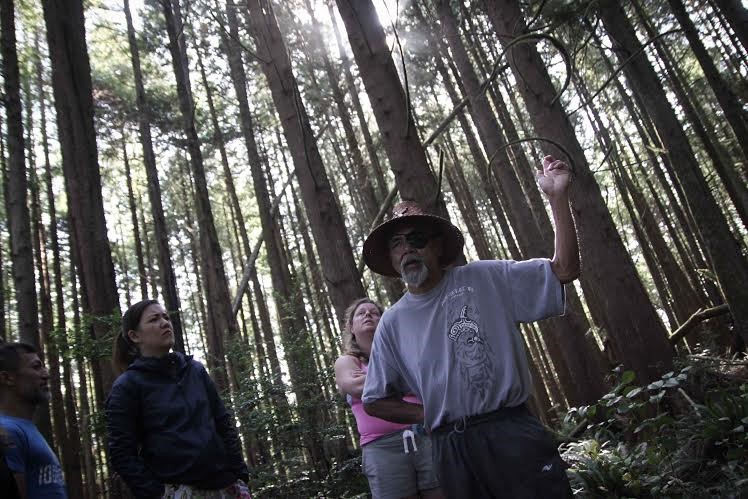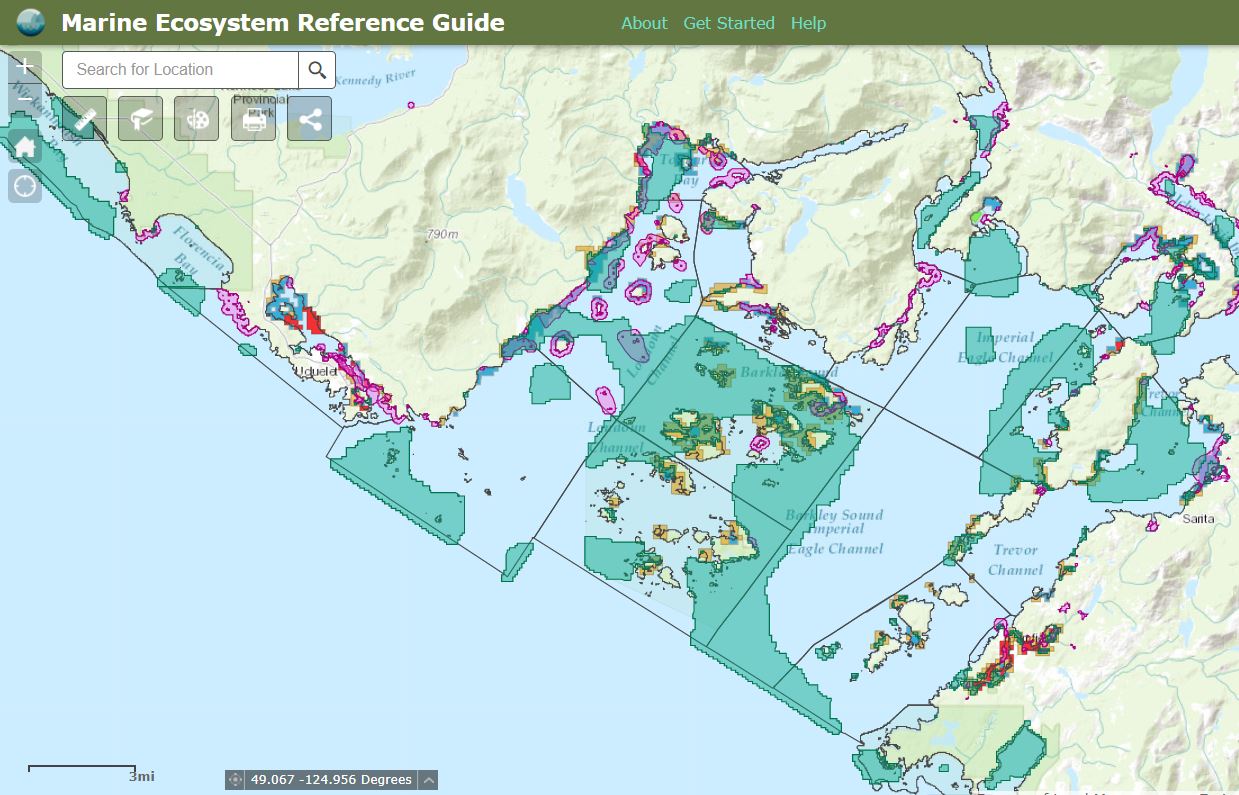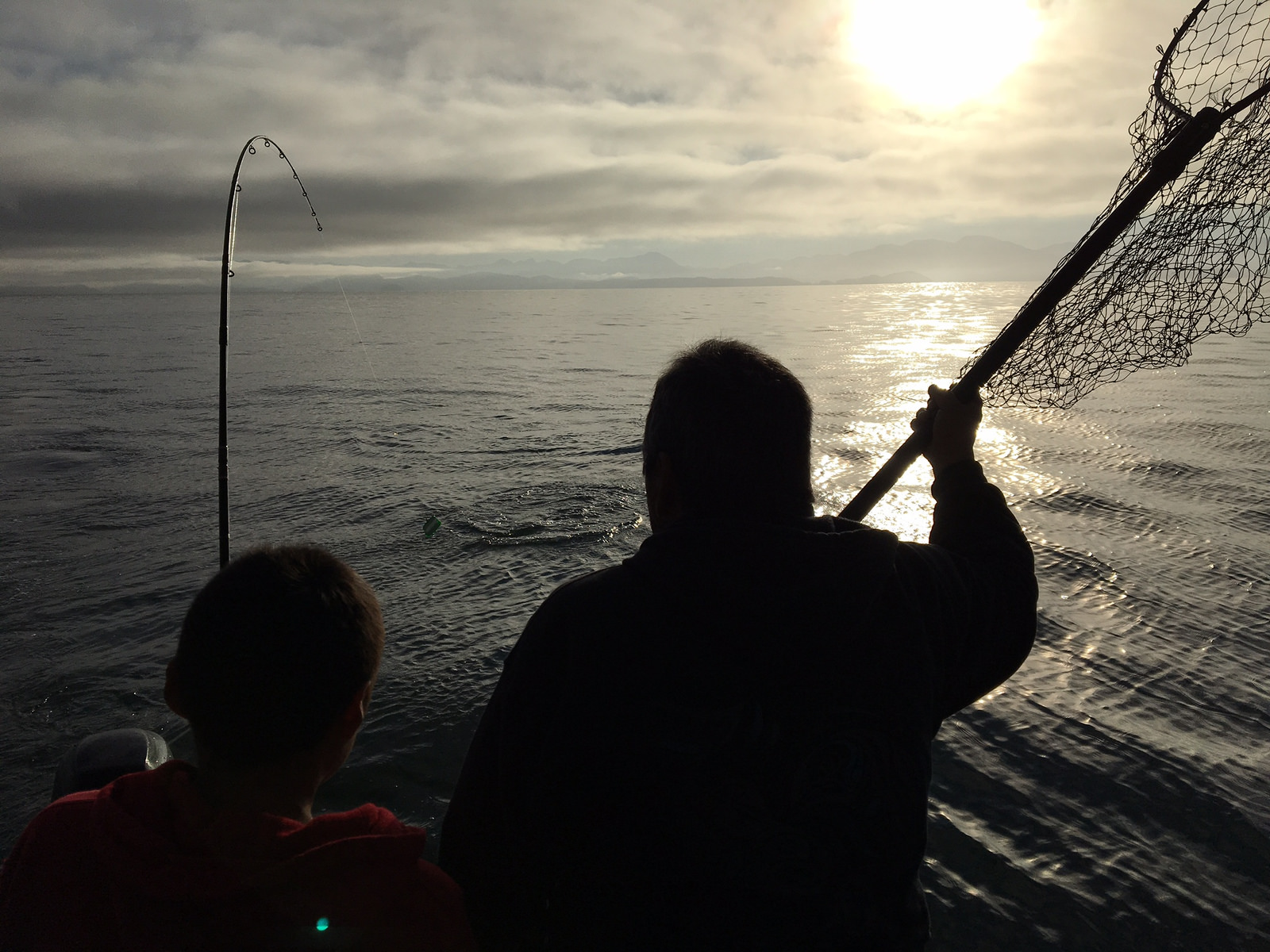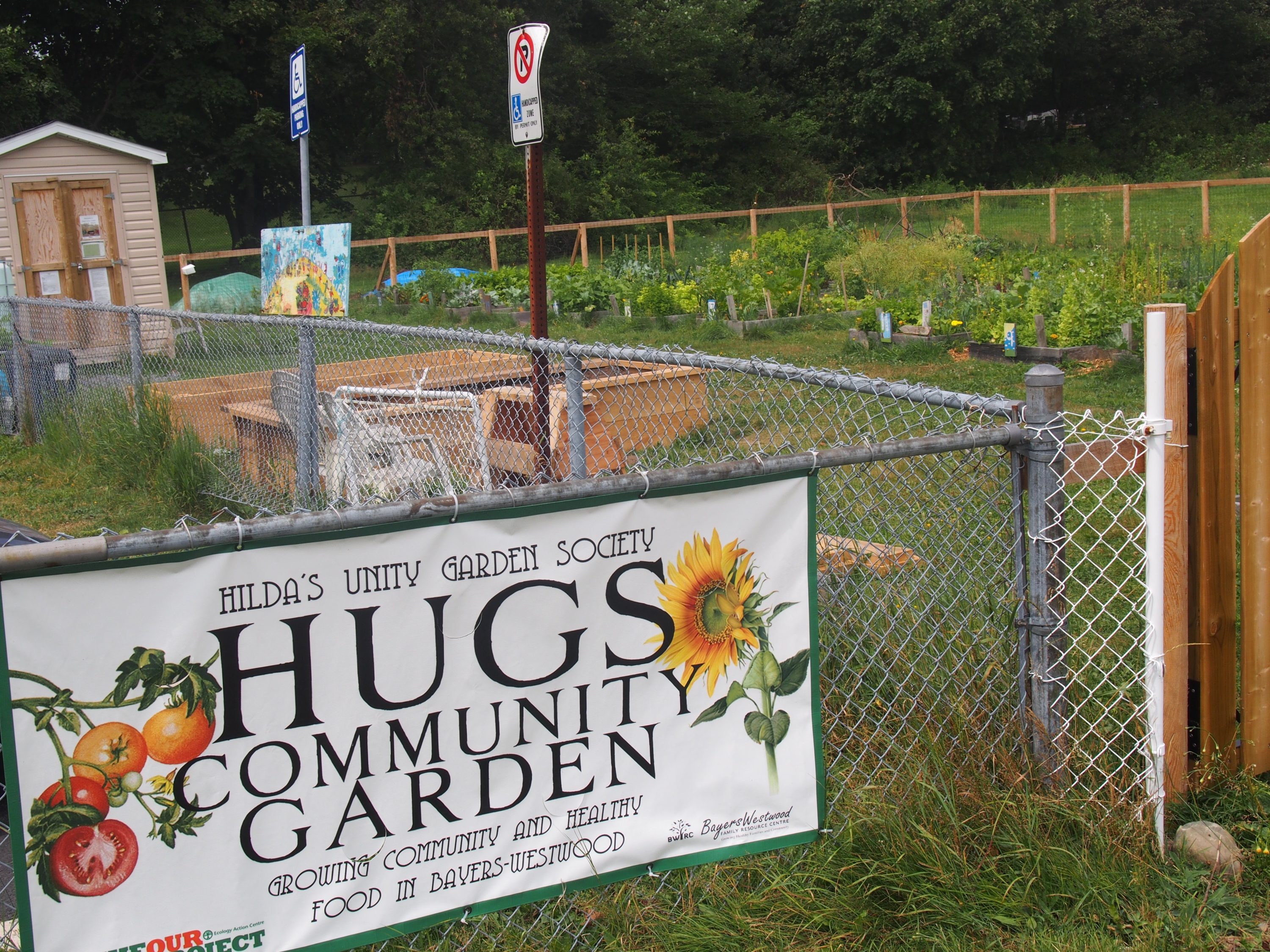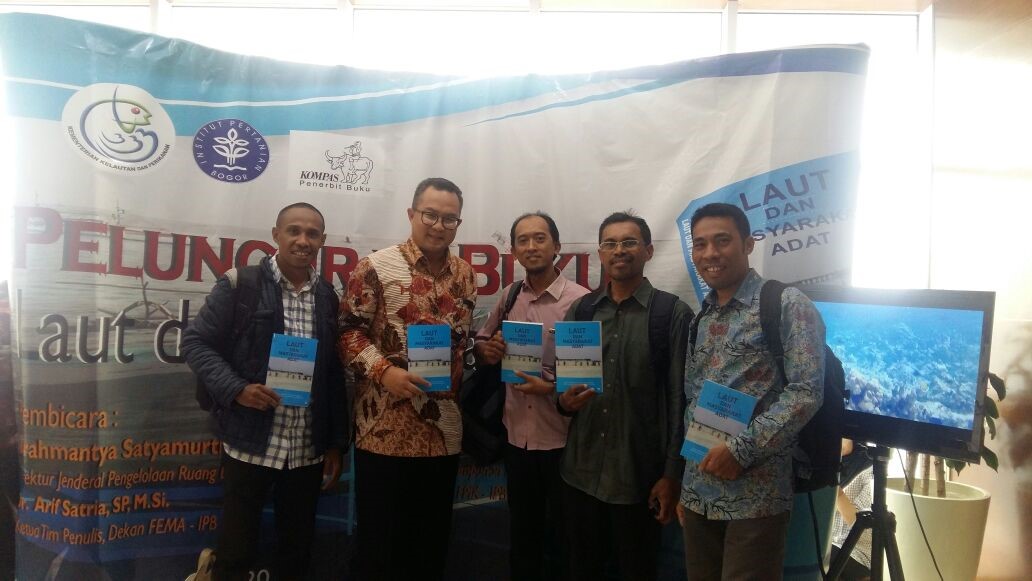Fisheries
[vc_row css_animation="" row_type="row" use_row_as_full_screen_section="no" type="full_width" angled_section="no" text_align="left" background_image_as_pattern="without_pattern"][vc_column width="1/2"][vc_column_text]Challenges surrounding fisheries management in areas such as Madagascar, Cambodia, Brazil, Mexico, and Canada are discussed through the resources found to the right of this page. The need to support sustainable fishing practices is heavily emphasized throughout...



